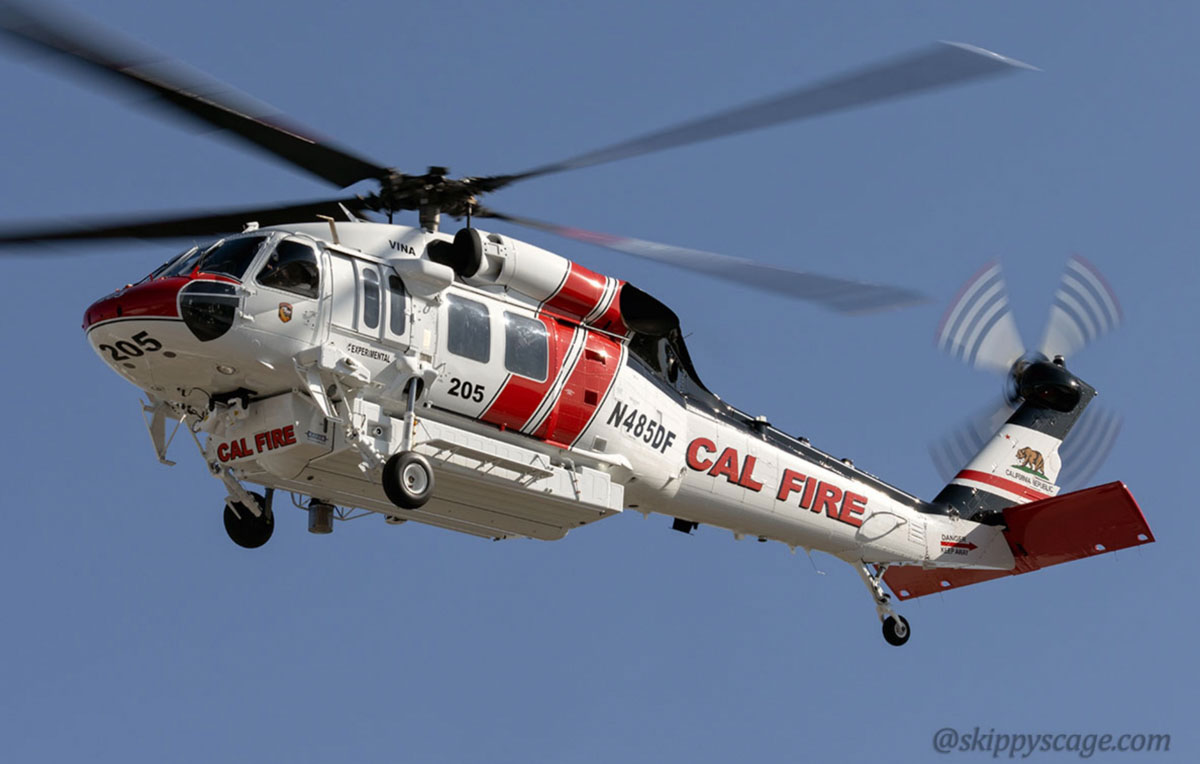A Consider the Sikorsky S 70's Duty in Army and Civil Aviation
A Consider the Sikorsky S 70's Duty in Army and Civil Aviation
Blog Article
Modernized Vertical Lift System With Advanced Composite Structures and Improved Safety And Security Actions
In the realm of upright lift systems, a substantial shift towards modernization has actually been observed, driven by the assimilation of advanced composite structures and heightened precaution. These enhancements represent a critical development in the layout and functionality of lift platforms, promising increased efficiency and dependability throughout different markets (sikorsky s 70). As markets aim for greater functional precision and security standards, the utilization of composite products and progressed safety attributes has actually become paramount. In exploring the merging of modern technology and safety and security in modern-day lift systems, a compelling story arises, showcasing the capacity for transformative developments that accommodate the ever-evolving needs of commercial industries.
Advancement of Upright Lift Systems

The development of vertical lift platforms can be traced back to fundamental sheave systems and early lift layouts. With time, technologies such as hydraulic systems, electrical motors, and advanced control systems have actually significantly boosted the efficiency and security of these systems. Makers have actually additionally concentrated on enhancing the stability, reach, and load-bearing capacities of vertical lift platforms to satisfy the varied demands of various markets.
Moreover, the integration of clever technologies like sensors, IoT connectivity, and automation attributes has better changed the capacities of contemporary upright lift platforms. These technical enhancements not only enhance functional productivity however also ensure increased safety and security criteria for workers using these platforms at various heights. The continual advancement of vertical lift systems highlights their crucial role in enhancing upright wheelchair throughout sectors.
Combination of Advanced Composite Structures

In addition, the use of advanced composite materials enables for even more complex and optimized architectural layouts, allowing designers to customize the platform's properties to fulfill specific performance demands. In general, the incorporation of sophisticated composite frameworks in modern-day upright lift platforms represents a substantial development in aerospace innovation, leading to much more effective, trustworthy, and more secure aerial transport systems.
Boosted Precaution Implementation
Carrying out improved precaution is important in ensuring the optimum efficiency and integrity of contemporary upright lift systems. These procedures include a series of techniques focused on mitigating threats and enhancing total security criteria. One essential aspect of enhanced precaution is the integration of advanced sensing unit technologies to monitor various specifications in real-time. By using sensors for functions such as structural health and wellness straight from the source monitoring, tons surveillance, and ecological sensing, possible dangers can be recognized early, enabling positive maintenance and rehabilitative activities.

Market Applications and Advantages
With improvements in technology and engineering, improved vertical lift systems have discovered varied applications across numerous markets, supplying considerable advantages in efficiency and efficiency. In the production sector, these platforms simplify the process of moving heavy materials and tools within centers, minimizing manual handling and improving functional effectiveness. The construction sector take advantage of vertical lift systems by making it possible for workers to accessibility raised areas securely and effectively, improving total job timelines. Warehousing and logistics firms use these platforms to maximize storage room usage and facilitate quicker selecting and packing processes.
Moreover, vertical lift platforms play an important function in the upkeep and repair work of framework such as bridges, high-voltage line, and buildings, allowing service technicians to reach unattainable locations with simplicity (sikorsky s 70). The air travel market also leverages these platforms for airplane upkeep and setting up jobs, improving workflow performance and making sure worker security at heights. Overall, the widespread fostering of modernized vertical lift systems throughout markets emphasizes their flexibility and the significant enhancements they give various procedures
Future Trends in Lift Platform Technology
Including innovative automation and smart features, lift system innovation is poised to reinvent vertical transport systems in the future. One essential fad is the combination of Internet of Points (IoT) modern technology, making it possible for lift platforms to interact real-time data for anticipating maintenance, maximizing performance, and boosting security. Artificial knowledge and machine discovering algorithms are additionally being integrated to evaluate patterns, predict prospective issues, and improve effectiveness. Additionally, making use of sophisticated products such as carbon fiber composites is on the surge, providing boosted toughness and strength while decreasing total weight. Enhanced precaution, consisting of biometric authentication and emergency situation feedback systems, are becoming conventional attributes to ensure passenger protection. Additionally, modular styles and adjustable arrangements are gaining popularity, permitting higher versatility to numerous settings and demands. As lift system innovation continues to see this here progress, these trends are established to shape the future of upright transport, making it more efficient, safe, and user-friendly.
Verdict
Finally, the up-to-date vertical lift system showcases the development of technology in the sector. By integrating advanced composite frameworks and improved precaution, this platform supplies enhanced effectiveness and safety for numerous applications. The industry can profit significantly from these innovations, and future patterns in lift system innovation are most likely to continue boosting upon these innovations for also better success and efficiency.
In the world of vertical lift platforms, a substantial shift towards modernization has actually been observed, driven by the assimilation of sophisticated composite frameworks and heightened safety procedures. The continuous advancement of upright lift platforms highlights their crucial role in improving upright wheelchair throughout sectors.

The incorporation of sophisticated composite frameworks in modern-day upright lift platforms has dramatically enhanced their structural stability and performance capacities. By integrating these sophisticated composites into the style and building of vertical lift platforms, suppliers can decrease general weight, boost load-carrying capability, and improve the platform's longevity and longevity.
Executing improved security procedures is necessary see here now in making certain the optimum efficiency and integrity of modern-day upright lift systems.
Report this page